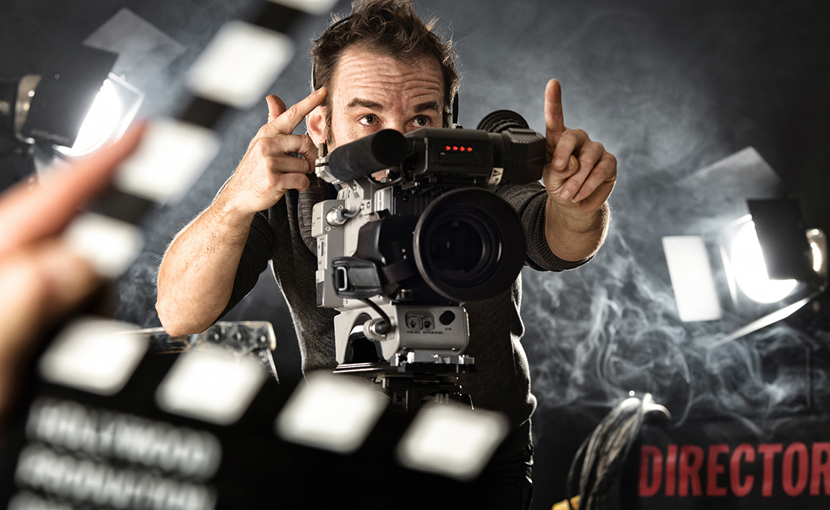
Introduction:
In the intricate dance of filmmaking, the director stands as the visionary orchestrator, shaping the narrative, guiding actors, and steering the ship through the creative voyage. The director’s role on set is multi-faceted, demanding a blend of leadership, creativity, and effective communication. In this blog post, we’ll delve into the key responsibilities and skills that define the director’s role on set.
Visionary Leadership:
- At the helm of the production, the director serves as the chief visionary. From interpreting the script to envisioning the visual and emotional tone of the film, the director sets the overarching vision that guides every creative decision.
Script Interpretation and Vision Alignment:
- Before cameras roll, the director must intimately understand the script. This involves not only decoding the narrative but also aligning the vision with the screenwriter’s intent. The director’s interpretation becomes the guiding light for the entire crew.
Collaborative Filmmaking:
- Filmmaking is a collaborative art, and the director is at the center of this collaboration. Effectively communicating the vision to the cinematographer, production designer, costume designer, and other key collaborators ensures a cohesive approach to bringing the script to life.
Actor Direction and Collaboration:
- Perhaps one of the most visible aspects of the director’s role is working with actors. This involves guiding performances, fostering a collaborative environment, and extracting authentic emotions to convey the characters’ depth and complexity.
Blocking and Shot Composition:
- The director is responsible for blocking scenes – determining the movements and positions of actors within a frame. Additionally, the director collaborates with the cinematographer to design shot compositions that enhance the storytelling and visual impact of each scene.
Decision-Making Under Pressure:
- Filmmaking is not without its challenges, and the director must make crucial decisions under pressure. Whether facing time constraints, unexpected issues on set, or creative dilemmas, the ability to make informed decisions swiftly is a hallmark of effective directors.
Effective Communication:
- Clear and concise communication is the backbone of successful filmmaking. The director must articulate the vision, provide feedback, and ensure everyone on set is working towards the same goal. Open lines of communication foster collaboration and a shared commitment to the project.
Attention to Detail:
- A director’s keen eye for detail is indispensable. From overseeing costume choices to scrutinizing the nuances of each performance, attention to detail contributes to the overall coherence and quality of the final product.
Maintaining a Creative Atmosphere:
- Fostering a creative and positive atmosphere on set is crucial for bringing out the best in the cast and crew. A director’s ability to inspire and motivate elevates the overall energy and enthusiasm of the production.
Adaptability and Flexibility:
- Filmmaking is a dynamic process, and unforeseen challenges are inevitable. Directors must exhibit adaptability and flexibility, adjusting to changing circumstances while maintaining the integrity of the vision.
Problem-Solving Skills:
- Problem-solving is an inherent aspect of directing. Whether overcoming technical hurdles, addressing conflicts, or finding creative solutions to budget constraints, directors must navigate challenges with resourcefulness and resilience.
Post-Production Involvement:
- The director’s responsibilities extend into post-production, where collaboration with the editor, sound designer, and other post-production professionals ensures the realization of the creative vision through the final edit.
Conclusion:
The director’s role on set is akin to that of a maestro conducting an intricate symphony of creative elements. From shaping the initial vision to guiding actors, making decisions under pressure, and collaborating with a diverse team, the director is the driving force behind the magic of filmmaking. Balancing creativity with leadership, the director’s role is both challenging and immensely rewarding, leaving an indelible mark on the cinematic canvas.






